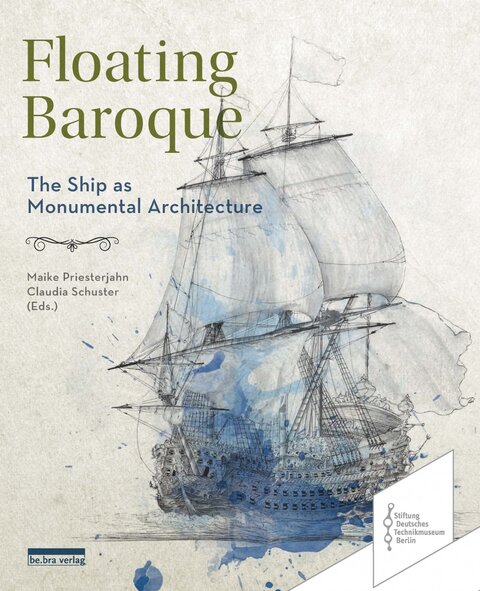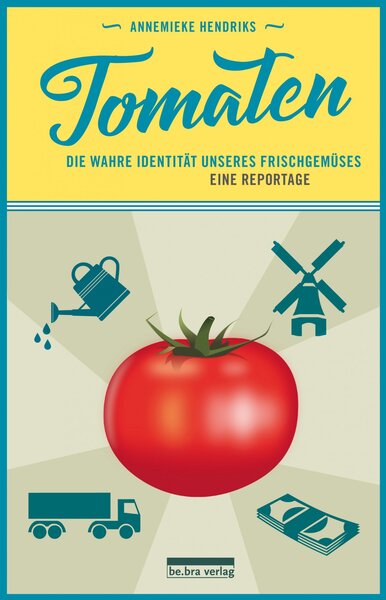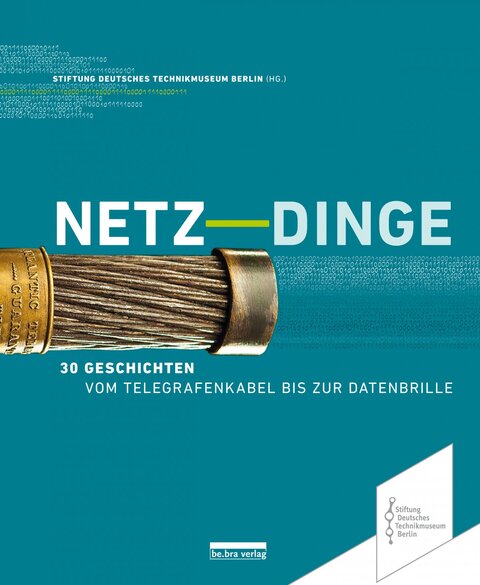Floating Baroque
The Ship as Monumental Architecture
At no time were ships more magnificent and more richly decorated than in the Baroque period. The stern in particular provided a prominent place to display the sovereign’s wealth with gilded figures and ornamentation. This volume focuses on the mutual influence between palace architecture and ship design in the seventeenth and eighteenth centuries. Accompanied by numerous illustrations, the contributions provide gripping insight into a hitherto neglected chapter in the history of architecture and navigation.
Paperback, 160 Seiten, 21 x 25,9 cm, 126 farbige Abbildungen, englisch
ISBN 978-3-89809-154-1
1. Auflage
24,– €
Maike Priesterjahn
Maike Priesterjahn ist Historikerin und Volontärin der Abteilung Schifffahrt und Nautik am Deutschen Technikmuseum Berlin. Sie kuratiert die Ausstellung »Architectura Navalis – Schwimmender Barock«.Claudia Schuster
Claudia Schuster ist Wissenschaftshistorikerin und Leiterin der Abteilung Schifffahrt und Nautik am Deutschen Technikmuseum in Berlin.Pressestimmen
»Floating Baroque does a great service by integrating ship design—“floating buildings” usually relegated to the history of technology—into the history of architecture.«
The Art Newspaper








